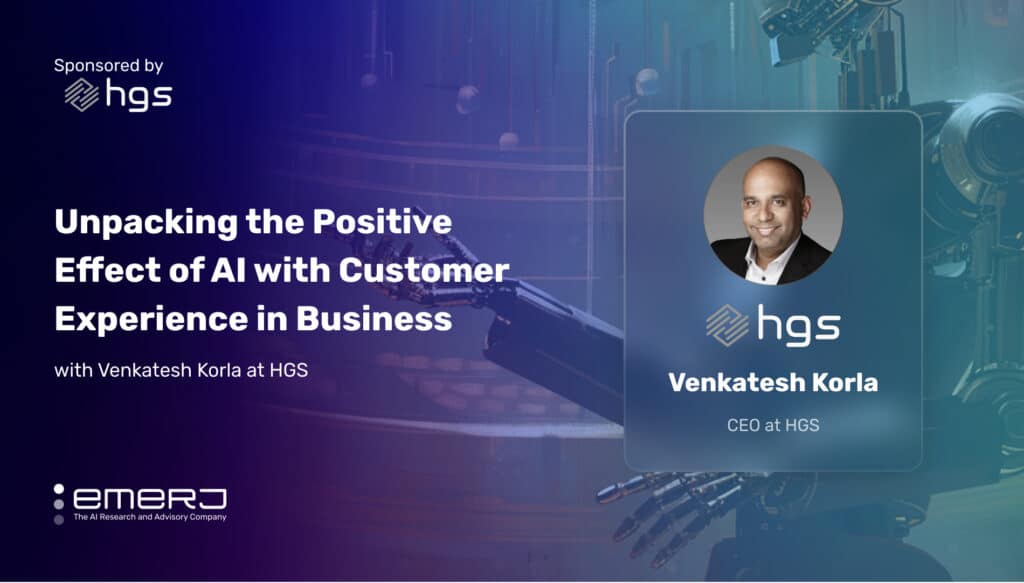Business leaders, managers, and consultants with an eye on AI aren’t just trying to learn what AI can do, they’re trying to discover ways to gain an AI advantage.
For this reason, discovering AI trends can be particularly important.
Non-technical professionals who want to contribute to - or even lead - their company’s AI initiatives need to have insight into their sector-specific AI trends.
Leaders need to understand AI trends to compete in the marketplace, and determine the best strategic AI investments.
Consultants need to come to their clients and prospects with fresh ideas and open opport...
[mrj_paywall] unauthorized access














